
Roman City of Pompeiopolis Reconstructed with AI: Ancient Glory Revived in Northern Türkiye
In a pioneering cultural initiative, the ancient Roman city of Pompeiopolis in northern Türkiye’s Kastamonu province has been digitally reconstructed using artificial intelligence, offering a vivid glimpse into the grandeur of the city as it stood nearly 2,000 years ago.
Located in the Taşköprü district, Pompeiopolis was once the capital of the Roman province of Paphlagonia and one of the largest cities in Anatolia. Today, modern technology is bringing the lost metropolis back to life. The Taşköprü Municipality, leading the project, has launched an AI-assisted promotional film that recreates the city’s architectural splendor and daily life during the Roman era.

Archaeological excavations at the site have been ongoing since 2006 under the direction of Assoc. Prof. Dr. Mevlüt Eliüşük of Karabük University. This year’s fieldwork uncovered a martyrion, believed to be an early Christian structure. “Our team has made great progress in recent years thanks to the support of the Ministry of Culture and Tourism,” said Taşköprü Mayor Hüseyin Arslan, who closely follows the excavation efforts.
“Pompeiopolis was the capital of Paphlagonia and holds some of the most valuable remains in the Black Sea region,” Arslan noted. “Its theatre is the only one in the region featuring an odeion. We are also working on the basilica area, which served as a court and public space. This was one of Türkiye’s three largest Roman cities, with villas covering more than 20,000 square meters.”

The AI-based reconstruction aims to turn Pompeiopolis into a new focal point for cultural tourism in northern Anatolia. Using archaeological data and AI algorithms, the short film realistically depicts the city’s monumental architecture — from its basilicas and baths to its colonnaded streets and theaters.
📣 Our WhatsApp channel is now LIVE! Stay up-to-date with the latest news and updates, just click here to follow us on WhatsApp and never miss a thing!!
Mayor Arslan added that the municipality plans to release a ten-minute AI-generated historical film within two months, which will be shared with the international press. “We are also preparing to launch the Pompeiopolis Film Festival, expected to host at least five international entries,” he said.
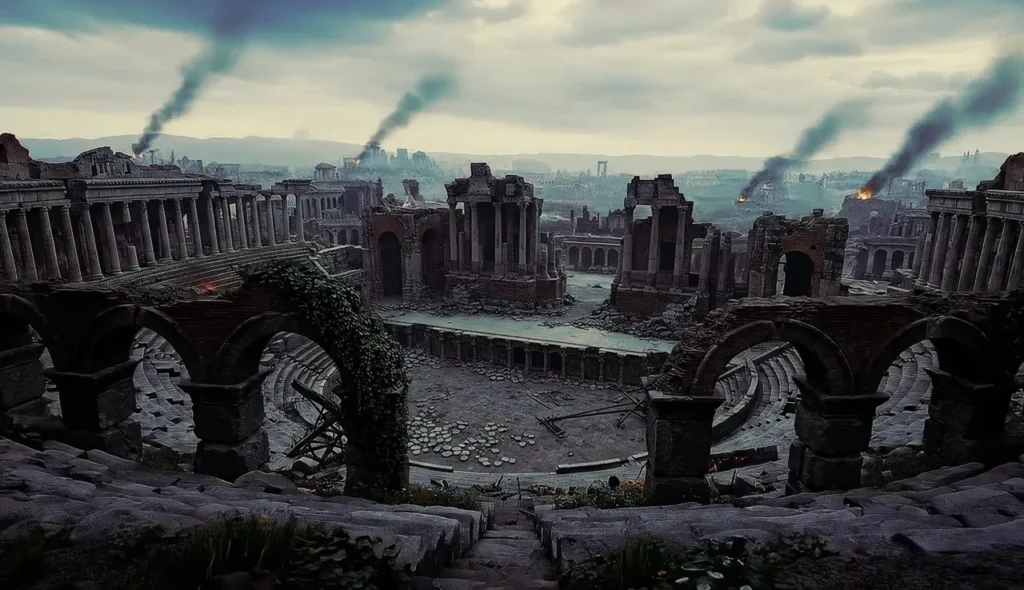
Beyond the digital reconstruction, the project includes plans to improve visitor infrastructure, create walking paths, and transform the entrance complex into a museum-quality visitor center with the support of the Northern Anatolia Development Agency (KUZKA).
“Our ultimate goal,” Arslan emphasized, “is to protect these remains while making them accessible to the public. Pompeiopolis deserves global recognition as one of the ancient world’s major cities.”
You may also like
- A 1700-year-old statue of Pan unearthed during the excavations at Polyeuktos in İstanbul
- The granary was found in the ancient city of Sebaste, founded by the first Roman emperor Augustus
- Donalar Kale Kapı Rock Tomb or Donalar Rock Tomb
- Theater emerges as works continue in ancient city of Perinthos
- Urartian King Argishti’s bronze shield revealed the name of an unknown country
- The religious center of Lycia, the ancient city of Letoon
- Who were the Luwians?
- A new study brings a fresh perspective on the Anatolian origin of the Indo-European languages
- Perhaps the oldest thermal treatment center in the world, which has been in continuous use for 2000 years -Basilica Therma Roman Bath or King’s Daughter-
- The largest synagogue of the ancient world, located in the ancient city of Sardis, is being restored



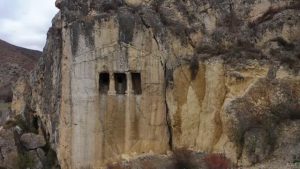

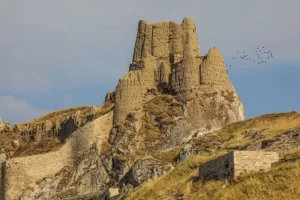
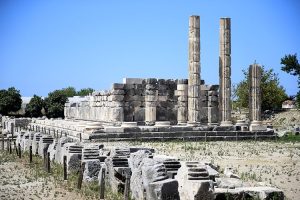



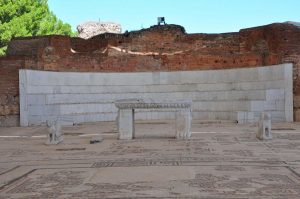
Leave a Reply